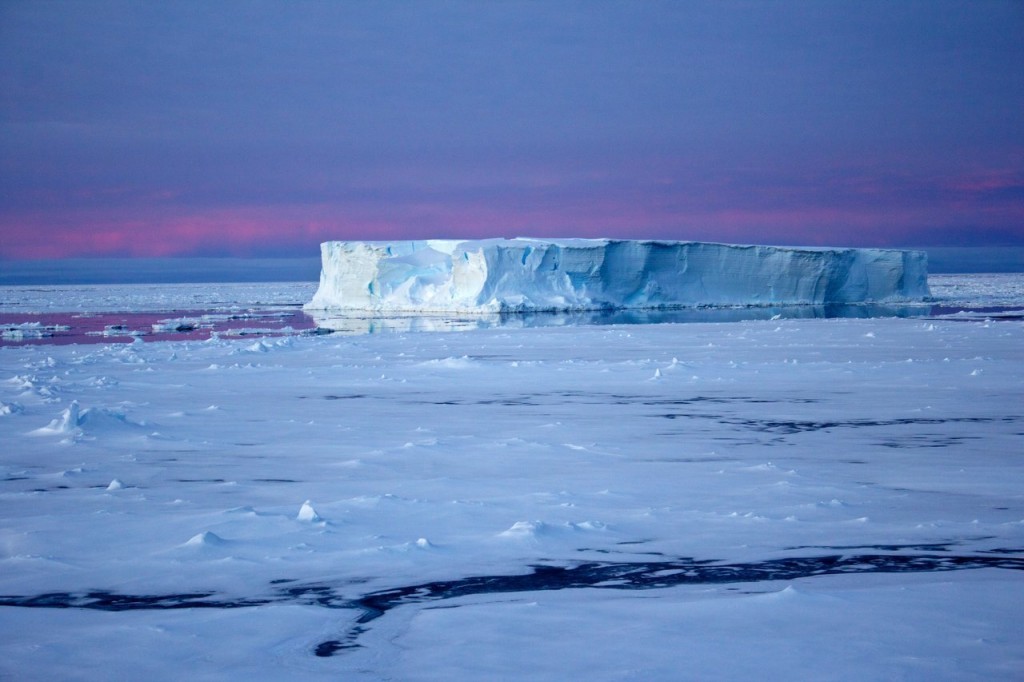Climate models have always proved an invaluable tool at analyzing and predicting future sea levels, and it is not often that they are wrong, but in regards to the sea ice coverage predicted of the Antarctica – Chinese scientists published a report in the journal Cryosphere that indicate the climate model earlier used was wrong. […]
Climate models have always proved an invaluable tool at analyzing and predicting future sea levels, and it is not often that they are wrong, but in regards to the sea ice coverage predicted of the Antarctica – Chinese scientists published a report in the journal Cryosphere that indicate the climate model earlier used was wrong.
Climate models had earlier warned that the Antarctic sea ice coverage would decrease in response to a warming world and increase in greenhouse gas levels, but this is not what happened – in fact, the opposite actually happened. According to models, the Antarctica would shrink between 1979 and 2005, but rather than this, the South Pole sea ice levels rose within this period.
And sea ice levels have only risen since 2006, reaching an all-time high for sea ice coverage in September 2014.
“For the Antarctic, the main problem of the [climate] models is their inability to reproduce the observed slight increase of sea ice extent,” wrote the researchers.
“Both satellite-observed Antarctic [sea ice extent] and [satellite measured] Antarctic [sea ice volume] show[s] increasing trends over the period of 1979–2005, but [climate models’] Antarctic [sea ice extent] and [sea ice volume] have decreasing trends,” the scientists added. “Only eight models’ [sea ice extent] and eight models’ [sea ice volume] show increasing trends.”
While the Chinese researchers had only analyzed sea ice predictions until 2005, they would have obtained a steady proof of “slightly increasing” sea ice levels if they had looked further. Antarctica sea ice level rose over 7.72 square miles last year – the first of such on record, and by September 22, 2014, the sea ice advanced to 7.76 square miles – its highest level on record.
Meanwhile, considering the fact that the Antarctica is now in its melt season, the sea ice level is still very high for late December and early January. But this can never be the case with Arctic sea ice coverage. According to the Chinese researchers, “both climatology and linear trend are better reproduced” for the Arctic. And to prove the Chinese scientists as correct, the Arctic sea ice level and volume has decreased in response to global warming – just as they had predicted.
The average for sea ice level in January 1979 was 6 million square miles, and it averaged over 5.2 million square miles for January 2006 – the lowest for any January on record.
But then, the Arctic has stabilized and also risen some more since 2006, while that of January 2015 was 19,000 square miles above that on record for January 2011. According to the National Snow and Ice Data Center, “Arctic sea ice extent for January was the third lowest in the satellite record. Through 2015, the linear rate of decline for January extent over the satellite record is 3.2% per decade.”


Leave a Reply